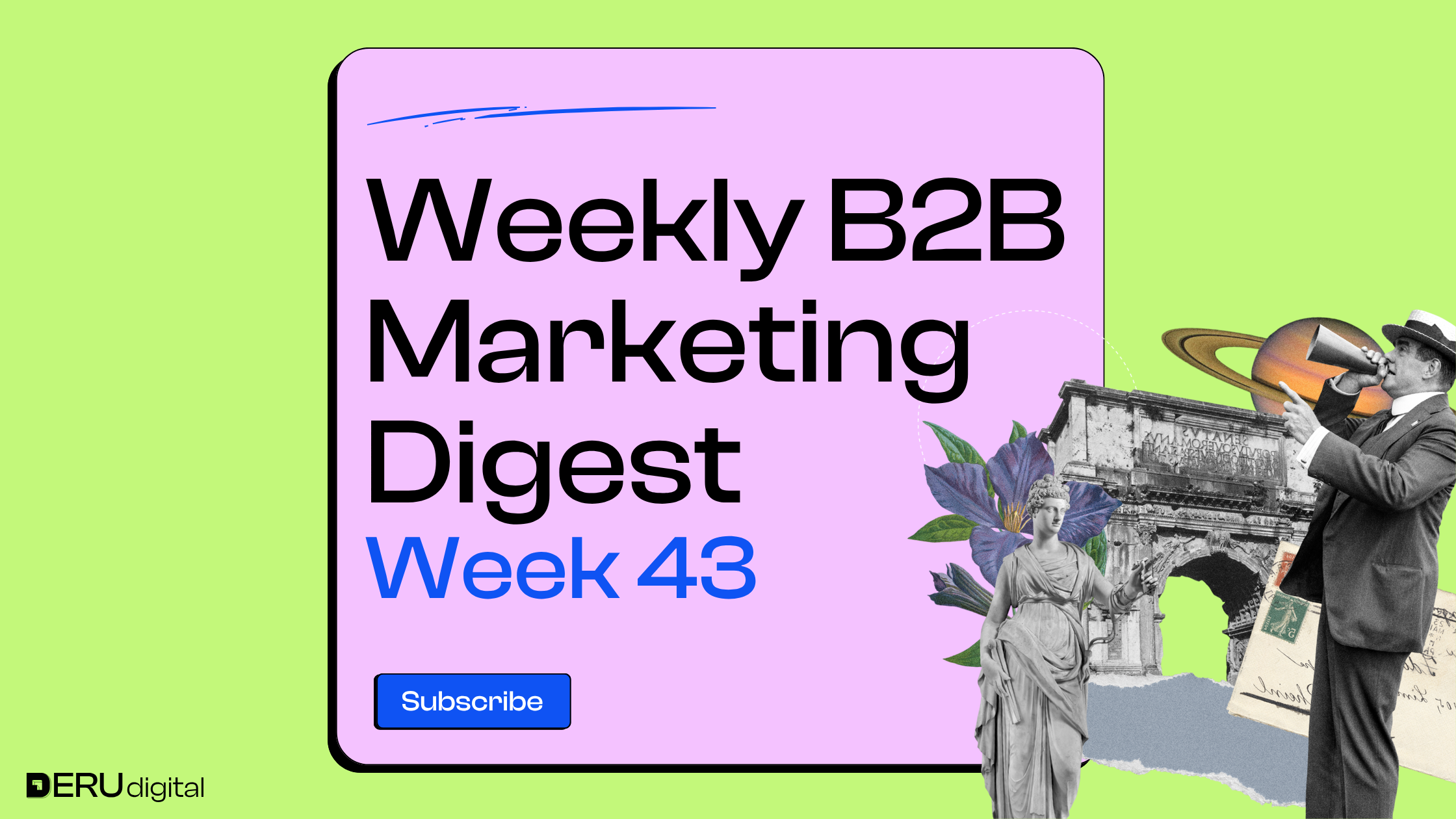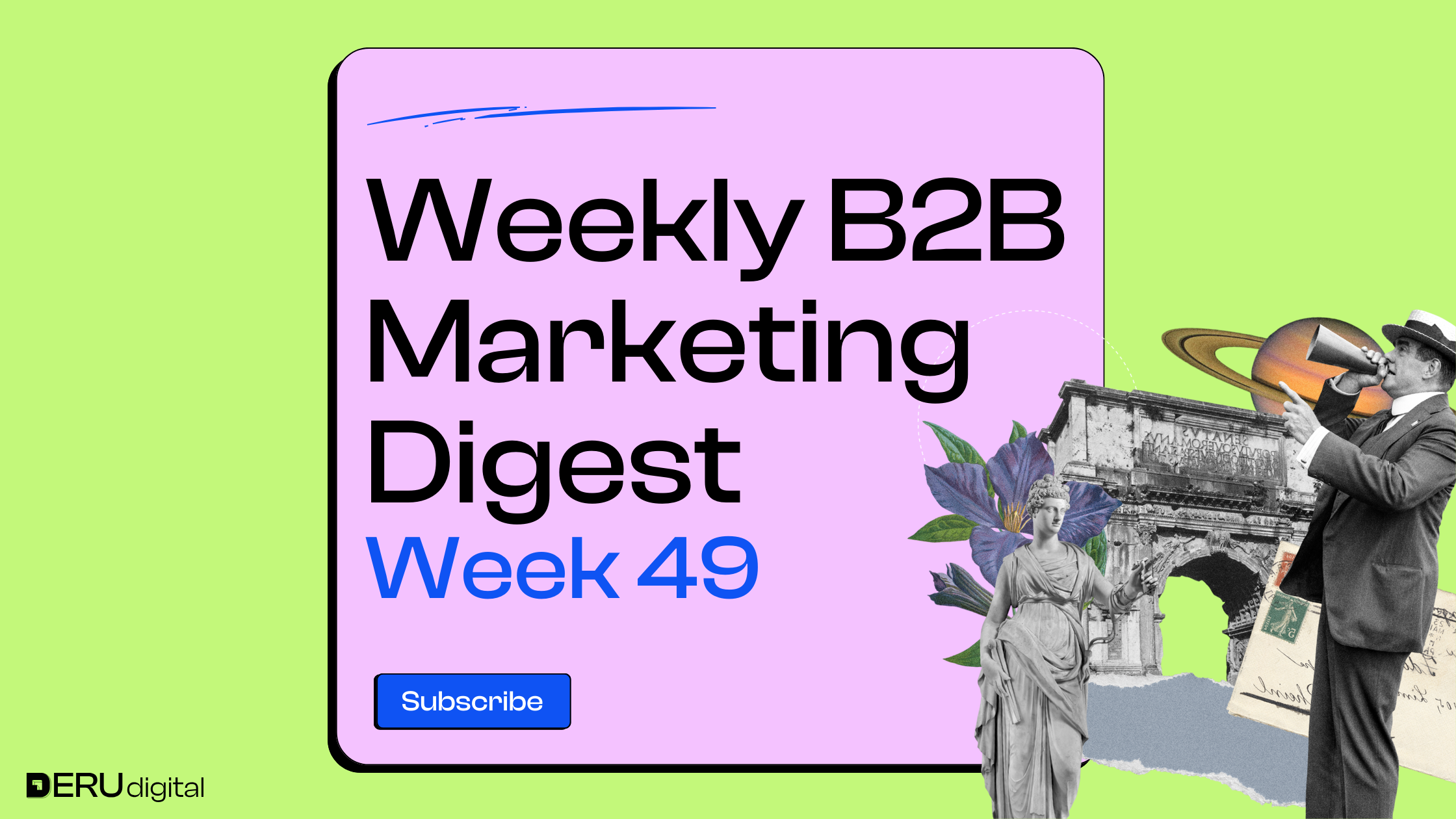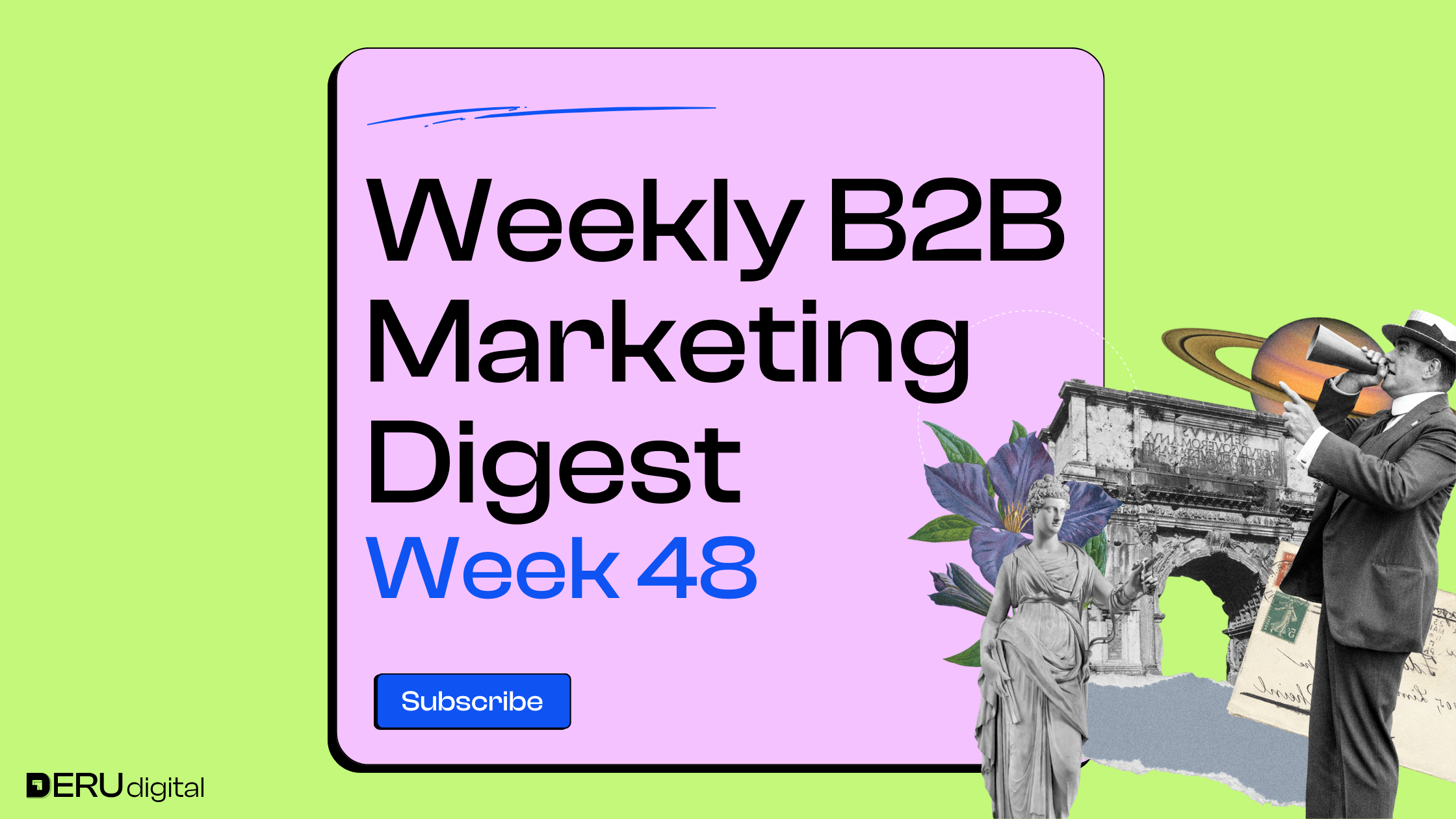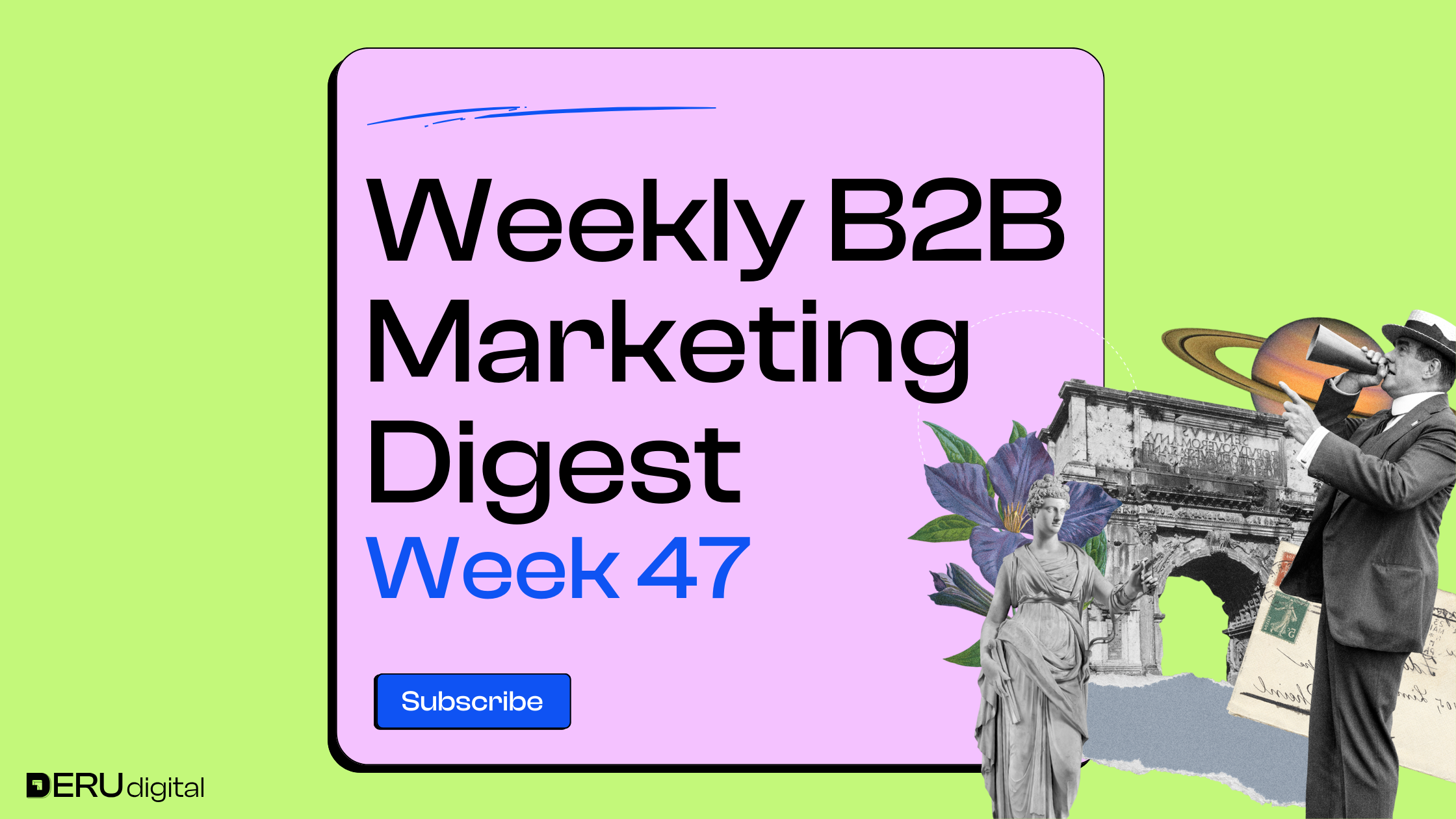
INSIGHTS FROM EXPERTS ON LINKEDIN
Gabriele Franco shares how a $7M advertiser kept overspending on search because attribution made it look cheap, while MMM showed video was actually delivering more. After shifting some budget from search to video, sales jumped 18% with zero extra spend. He says attribution alone can get you into trouble, use MMM and experiments to guide decisions.

Nathan Merzvinskis points out that category leaders like Zoom and Slack didn’t invent their spaces – they just executed better than the first movers. He explains how challengers can study what’s broken, focus on UX, and move faster to take market share. Being the underdog can actually be an advantage.
Vikash Koushik 
Ben Brown says LinkedIn Ads just rolled out a Partnerships tab that surfaces content from connections relevant to your brand, making it easier to collaborate on Thought Leader Ads. He thinks it’s basically a curated list of UGC you can work with, and he’s into it.

Diego Chicharro 

Ben Scandlen admits he changed his mind: marketing can drive demand, but only when it changes what the market wants and lowers barriers to buy. He explains that true demand generation comes from reframing value, not from more ads or nurture sequences. When you shift perceptions, you shift the market.

Casey Hill points out that Wynter built a page specifically for LLMs to scrape so they get described accurately in AI answers, and most SaaS companies haven’t caught up. He shares simple tips for making a clear, crawlable page with verified product information. As AI becomes a key research channel, it’s a smart move for trust and discoverability.

Brenden Delarua explains that brands often shut off YouTube too early because the results don’t show up in-platform right away. People see an ad while watching something else, then come back days or weeks later through search, and other platforms take the credit. If you judge YouTube like Meta or search, you’ll cut it just as it starts working.

Edita Vatenaite says founders often think a single post, short ad run, or one webinar counts as a campaign and then complain marketing “didn’t work.” A true campaign has a clear audience, a consistent message, and shows up across multiple channels over time. Do a few things well and repeatedly if you actually want results.
WHAT'S NEW IN THE INDUSTRY
Google Ads is changing its policy so canceled accounts get permanently deleted after six months, including all history and assets. Advertisers will get a 30-day warning, but once it’s gone, the data can’t be recovered. Anyone who wants to keep old performance data needs to reactivate or export it before the clock runs out.
Google is rolling out Text Guidelines, letting advertisers guide AI-written ad copy to match brand tone and compliance needs. The settings live at the campaign level and only apply when AI text customization is on. It’s a new way to keep automation running while still protecting the brand.

Some advertisers have noticed Google assigning a “new customer value” in acquisition campaigns on its own, with no alert and no option to remove it. The change can inflate revenue reporting and skew performance data, creating transparency concerns. Google says it’s just an experiment to improve optimization, but marketers want more control.

OpenAI’s new Atlas browser can click and browse like a real human, which could lead to ad spend being wasted on AI traffic that looks legitimate. This also risks muddying website analytics, making it tough to measure actual demand. Brands may need new tools to catch suspicious spikes as platforms figure out how to separate humans from AI agents.
That’s the scoop for this week! If you found this valuable and any useful insights caught your eye, feel free to share them with your network.
Until next week!



